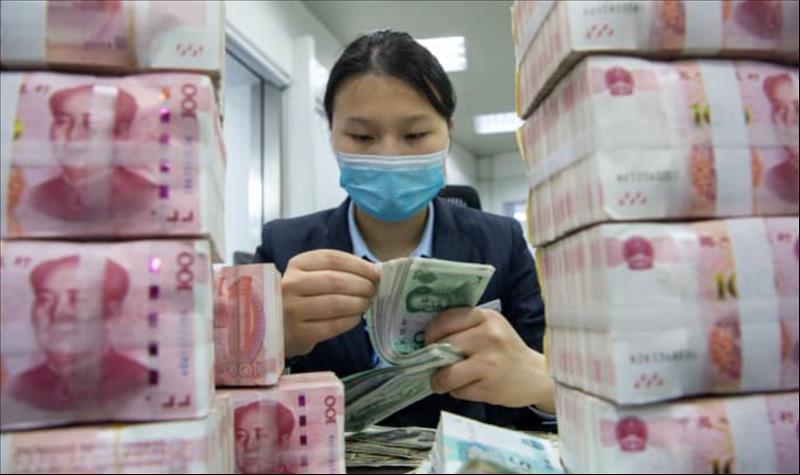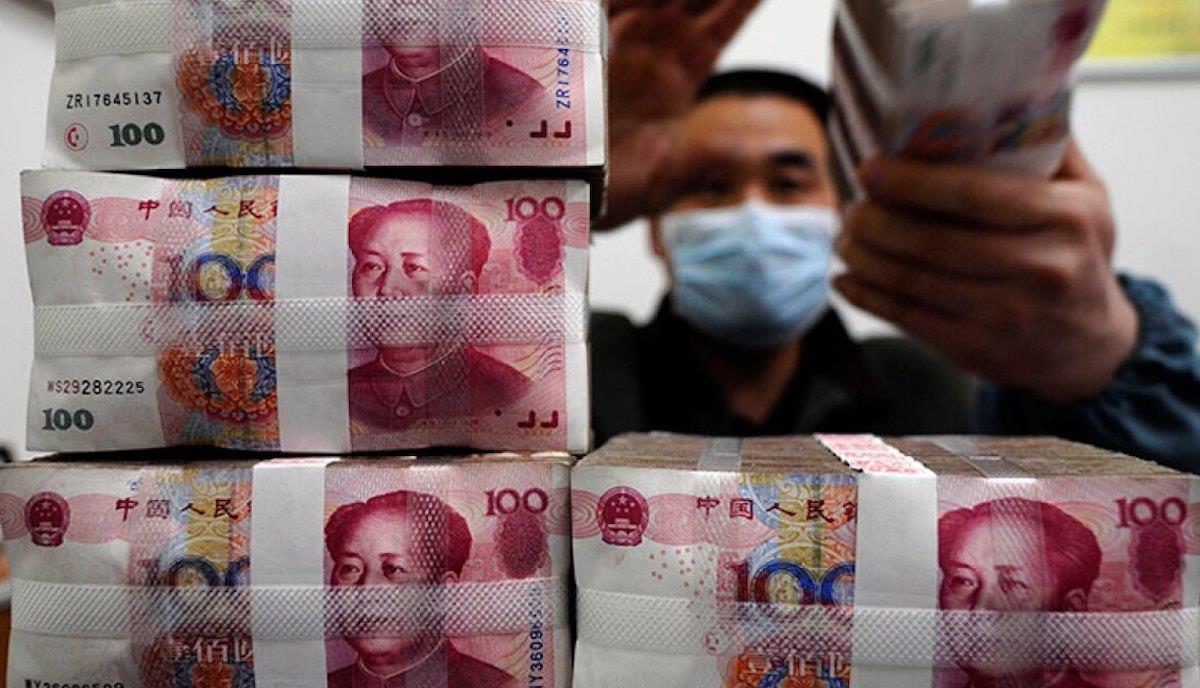
China Shows Japan The Way To Tackle Rural Bank Risks
The last 12 months have been humbling for analysts predicting the Bank of Japan would end quantitative easing (QE). Oddly, many are clinging stubbornly to bets the BOJ will be hiking interest rates by April.
Hardly. One reason is the Silicon Valley Bank (SVB) risks hiding in plain sight as Japan skirts recession. Across this aging nation of 126 million people are 100-plus regional financial institutions serving less economically vibrant regions.
Reluctant to consolidate and averse to the digitalization trends disrupting the globe despite dwindling profits, these banks have fallen on hard times. As demographics gray and the corporate exodus to Tokyo accelerates, there's less demand for loans from rural lenders. And the trauma from 20-plus years of deflation has made mid-size Japanese lenders more conservative than ever.
All too many spent the last decade investing BOJ liquidity that Tokyo hoped would increase lending activity instead into government and corporate bonds. This pivot will sound familiar to students of last year's SVB collapse in California.
At the time, many global investors rushed to Google to learn about non-household-name US financial institutions like First Republic Bank and Signature Bank. This dynamic is alive and well in Japan, where risks facing regional banks are bursting back onto the radar screen.
Among the BOJ's biggest worries about hiking rates is pushing scores of fragile rural lenders toward insolvency as longer-term yields skyrocket, SVB-style. And yet, Japanese Prime Minister Fumio Kishida's team is doing less than zero to prod regional lenders to merge, diversify or embrace technological change to limit and head off risks.
China is, though. This week, Xi Jinping's Communist Party announced its biggest-ever banking consolidation effort amid growing signs of financial stress.
Though the full contours of the plan are still trickling out, Beijing wants to merge hundreds of rural lenders into regional giants. The merging could affect about 2,100 rural banks and recalibrate financial incentives across Asia's biggest economy.
It's been a challenging few years for China's banking industry as slowing growth and slumping property markets hurt balance sheets. As of the end of 2022, bad loan ratios among the banks considered part of China's“rural cooperative system” averaged nearly 3.5%, more than twice the nation's broader financial sector.
Since 2022, Xi's regulators have executed mergers of rural commercial banks and cooperatives in at least seven provinces. It now appears set on supersizing the push. Between 2016 and 2022, Xi's team has disposed of bad bank debts equivalent to roughly 13% of China's gross domestic product (GDP).

Legal Disclaimer:
MENAFN provides the
information “as is” without warranty of any kind. We do not accept
any responsibility or liability for the accuracy, content, images,
videos, licenses, completeness, legality, or reliability of the information
contained in this article. If you have any complaints or copyright
issues related to this article, kindly contact the provider above.
Most popular stories
Market Research

- Forex Expo Dubai 2025 Returns October 67 With Exclusive Prize Draw Including Jetour X70 FL
- Xfunded Expands In Dubai, Strengthening Collaborations With Trading Influencers Across Europe
- SPAYZ.Io White Paper Explores Opportunities, Challenges And Ambitions In Payments Industry
- B2BROKER Taps Finery Markets To Power Institutional Crypto OTC On B2TRADER
- Zebu Live 2025 Welcomes Coinbase, Solana, And Other Leaders Together For UK's Biggest Web3 Summit
- Daytrading Publishes New Study Showing 70% Of Viral Finance Tiktoks Are Misleading



























Comments
No comment